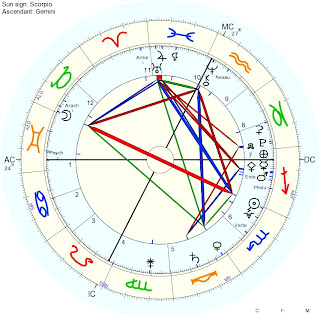In the Shadow of Saturn
In the shadow of Saturn, unexpected wonders appear. The robotic Cassini spacecraft now orbiting Saturn drifted in giant planet's shadow for about 12 hours in 2006 and looked back toward the eclipsed Sun. Cassini saw a view unlike any other. First, the night side of Saturn is seen to be partly lit by light reflected from its own majestic ring system. Next, the rings themselves appear dark when silhouetted against Saturn, but quite bright when viewed away from Saturn, slightly scattering sunlight, in this exaggerated color image.
The storm is about 500 times larger than the biggest storm previously seen by Cassini during several months from 2009 to 2010. Scientists studied the sounds of the new storm's lightning strikes and analyzed images taken between December 2010 and February 2011. Data from Cassini's radio and plasma wave science instrument showed the lightning flash rate as much as 10 times more frequent than during other storms monitored since Cassini's arrival to Saturn in 2004. (The data appear in a paper published in the journal Nature.)
These false-color images from NASA's Cassini spacecraft chronicle a day in the life of a huge storm that developed from a small spot that appeared 12 weeks earlier in Saturn's northern mid-latitudes.
Saturn Moon : Titan
Saturn's moon Tethys with its prominent Odysseus Crater silently slips behind Saturn's largest moon Titan.
Titan is the biggest of the 53 known moons orbiting Saturn. It is a cold world enclosed by a thick, hazy atmosphere impenetrable by telescopes and cameras.
Titan is of great interest to scientists because it is the only moon in the solar system known to have clouds and a mysterious, thick, planet-like atmosphere.
Saturn Moon : Enceladus
Enceladus is one of the innermost moons of Saturn. It is quite similar in size to Mimas, but has a smoother, brighter surface. Enceladus reflects almost 100 percent of the sunlight that strikes it.
Enceladus displays evidence of active ice volcanism: Cassini observed warm fractures where evaporating ice evidently escapes and forms a huge cloud of water vapor over the south pole.
image credit NASA , Cassini Imaging Team











